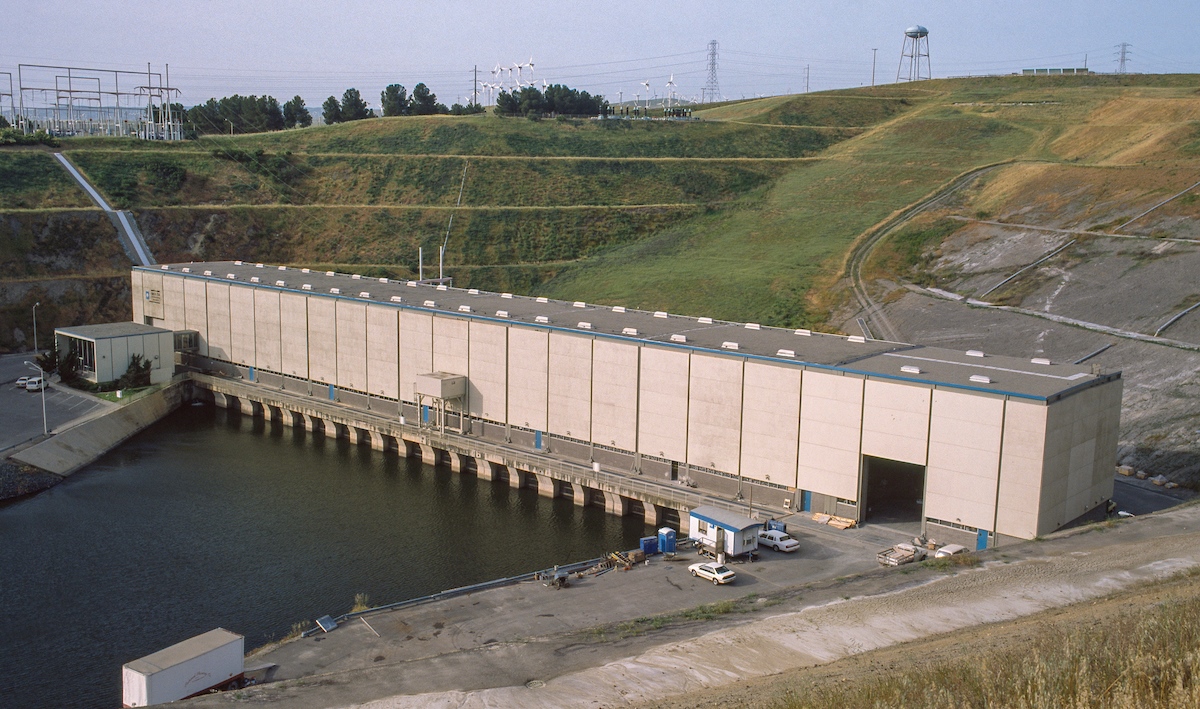Water managers also withdraw request for modified Delta operations
 From the Department of Water Resources:
From the Department of Water Resources:
Today, the Department of Water Resources (DWR) announced it is increasing the State Water Project allocation to 15 percent of requested supplies for 2022. Last month, due to low water levels, the Department announced that the initial allocation would cover only critical health and safety needs of the 29 water agencies that contract to receive State Water Project supplies.
“December storms enabled DWR to convey and store water in San Luis Reservoir, which allows for a modest increase in water deliveries this year,” said DWR Director Karla Nemeth. “But severe drought is not over. Dry conditions have already returned in January. Californians must continue to conserve as the state plans for a third dry year.”
In addition to the modest increase in State Water Project allocation to 15 percent, DWR will continue to work with its water supply contractors to address any unmet health and safety needs for 2022.
Although DWR is making this allocation increase, it continues to plan for a third consecutive dry year. DWR will preserve as much storage as possible in Lake Oroville, the State Water Project’s largest reservoir. Water releases from Lake Oroville will be prioritized to maintain Delta water quality, protect endangered species and meet senior water right needs.
Additionally, DWR, along with its federal partners at the U.S. Bureau of Reclamation, withdrew the application for a Temporary Urgency Change Petition (TUCP) for February 1 through April 2022. The petition would have provided flexibility for the State Water Project and the Central Valley Project to release less water into the Delta through April 2022 to conserve limited stored water in Shasta, Oroville and Folsom reservoirs. While Shasta continues to be in a critical condition, Oroville and Folsom reservoirs are projected to meet downstream water quality needs through the spring.
“The next two months are traditionally the heart of California’s rainy season,” said Nemeth. “We need more storms to keep filling up our reservoirs to make up for two critically dry years.”
Governor Newsom has called on Californians to voluntarily reduce their water use by 15 percent with simple measures to protect water reserves. The October 2021 emergency proclamation expanded the drought emergency statewide and authorized the State Water Board to ban wasteful water uses, boosting conservation efforts.
DWR continues to plan for climate uncertainty by implementing emerging and proven technologies to improve forecasts of precipitation, seasonal snowpack and runoff. This year, for the first time, DWR will deploy aircraft with special remote sensing equipment able to produce high resolution basin-wide snowpack estimates throughout the Feather River watershed, which feeds into Lake Oroville. Ultimately, forecast and monitoring improvements will better position water managers to navigate between flood risk and water supply reliability as extreme drought and precipitation events become increasingly commonplace.
Each year, DWR makes an initial State Water Project allocation on December 1. Allocations are updated as snowpack and runoff information are assessed, with a final allocation typically determined in May or June.
DWR will conduct the next snow survey in the Sierra at the beginning of February. Currently the statewide snowpack is at 113 percent of average for this date and 58 percent of the seasonal average.



